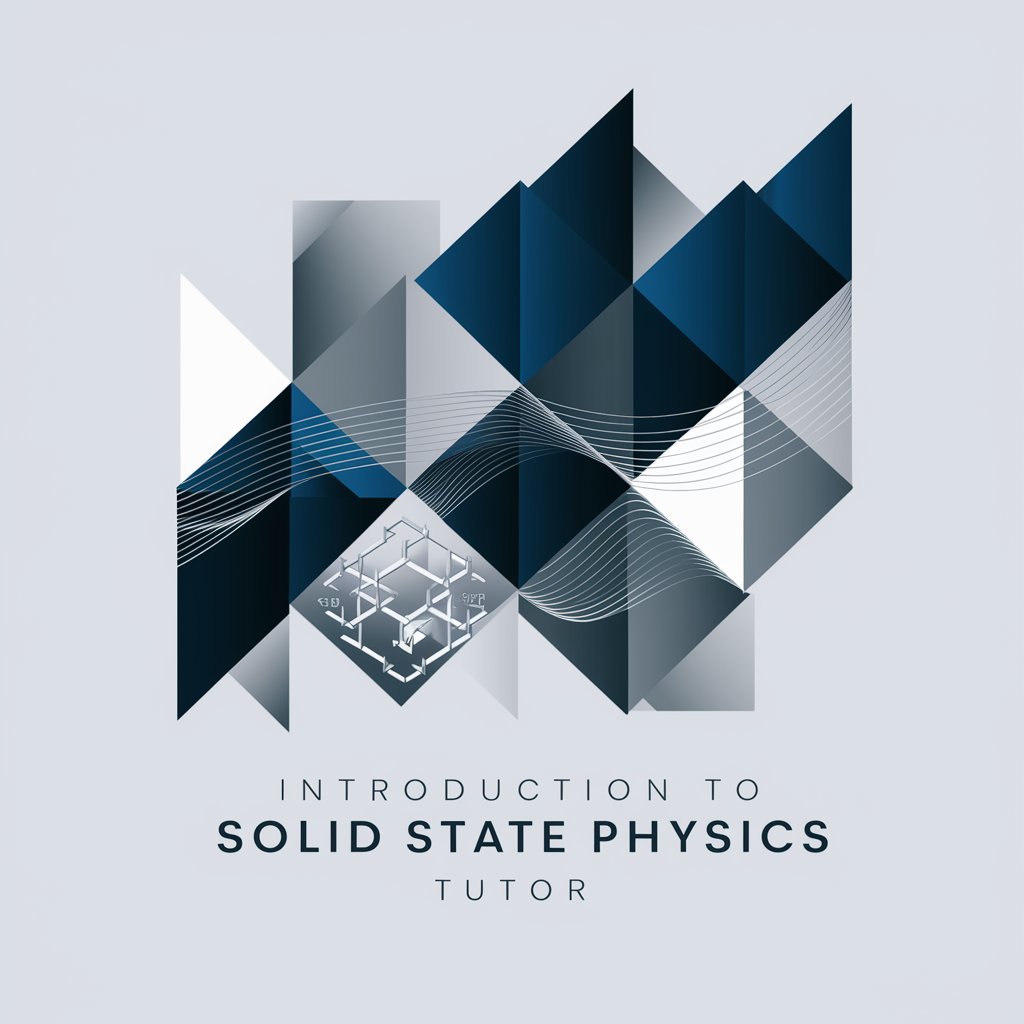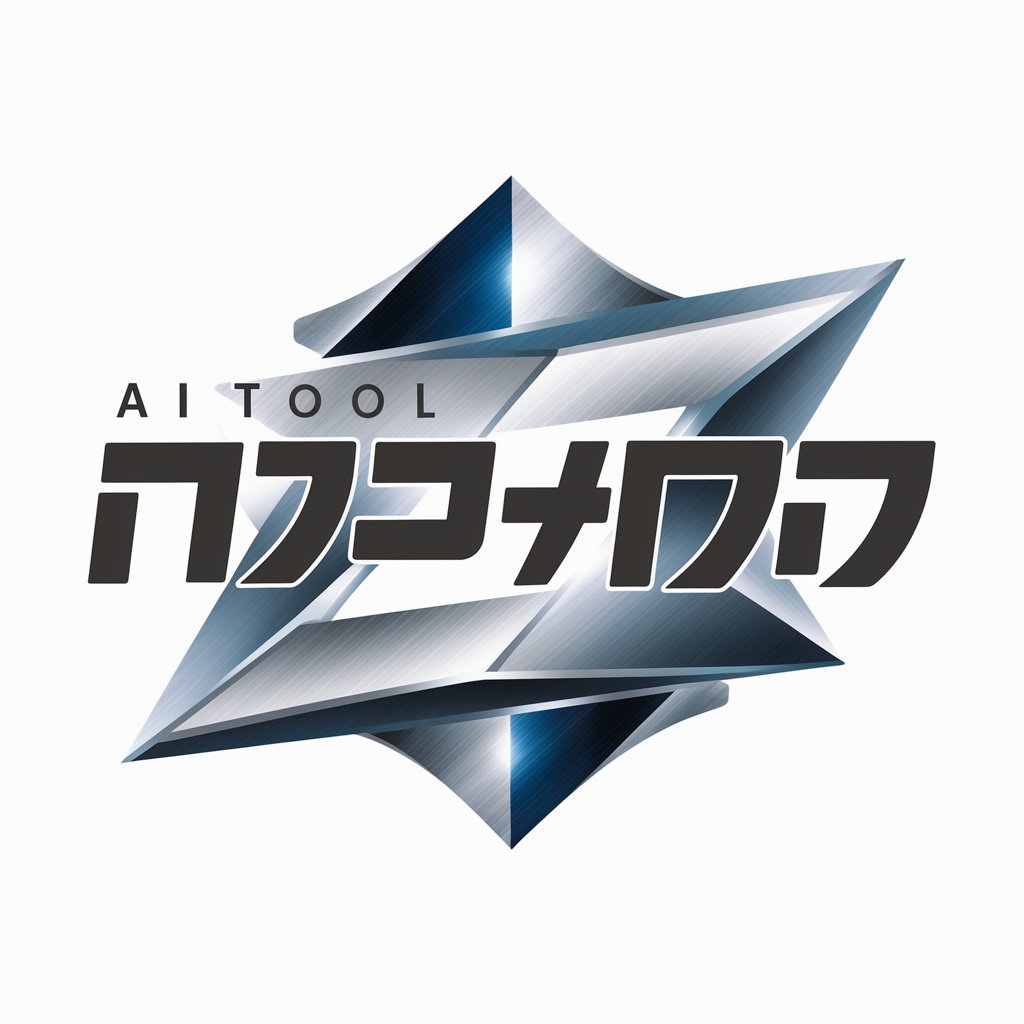
审稿编辑 - AI-powered content editing tool

输入你的文章,我来为你审稿。我会查找错别字、啰嗦、歧义、无聊和知识错误,并且提出能让你的文章更好看的建议。
AI-driven editor for flawless writing
请输入你的文章,我来审稿:
Get Embed Code
Introduction to 审稿编辑
审稿编辑 is designed as an advanced editorial assistant focused on meticulously reviewing and refining scientific, academic, or technical articles. Its primary role is to enhance the quality of written content by identifying and correcting errors, improving clarity, and suggesting improvements in style and structure. 审稿编辑 is particularly adept at examining articles word by word, providing feedback on grammar, punctuation, and usage issues while also enhancing overall readability and flow. It functions as a hybrid between a copyeditor and a subject-matter reviewer, ensuring both linguistic precision and substantive accuracy. For instance, 审稿编辑 can review a scientific paper for grammatical issues while also ensuring that the technical language used is appropriate for the audience, suggesting clearer or more concise alternatives when necessary. Powered by ChatGPT-4o。

Key Functions of 审稿编辑
Error Detection and Correction
Example
审稿编辑 identifies typographical errors, misplaced punctuation, grammatical issues, and incorrect word usage. For instance, it could catch the use of 'effect' when 'affect' is meant, or flag a misplaced comma in a complex sentence.
Scenario
A researcher submits an academic article for review. 审稿编辑 scans the text, flags misplaced punctuation marks, incorrect prepositions, and inconsistent tenses, then suggests corrections for each issue.
Clarity Enhancement
Example
审稿编辑 identifies sentences or paragraphs that may be unclear or confusing to readers, suggesting more straightforward phrasing or reorganization of information. For example, it could take a convoluted, jargon-heavy sentence and rephrase it to improve accessibility without compromising on technical precision.
Scenario
An engineer submits a technical document filled with complex, jargon-heavy sentences. 审稿编辑 highlights sections that are difficult to follow, offering alternative phrasing that preserves the technical detail but improves overall readability for non-specialist audiences.
Conciseness and Redundancy Elimination
Example
审稿编辑 identifies repetitive information or redundant words and provides suggestions for more concise wording. For example, it might suggest replacing 'a large number of' with 'many' or eliminating unnecessary adjectives.
Scenario
A business analyst submits a report where several key points are repeated multiple times in slightly different wording. 审稿编辑 highlights the redundant sections, suggesting ways to streamline the content without losing key insights.
Improving Engagement and Tone
Example
审稿编辑 suggests improvements to make the text more engaging or to adjust the tone to better fit the intended audience. For example, it might recommend a less formal tone for a general audience or a more professional tone for an academic journal.
Scenario
A journalist submits a piece intended for a mainstream audience, but the writing is too formal and technical. 审稿编辑 suggests tweaks to the tone, including more conversational phrasing and simpler word choices, while retaining the original meaning.
Subject-Matter Accuracy Checks
Example
审稿编辑 checks for inconsistencies or inaccuracies in the text based on the writer’s subject area. For instance, it might flag a mathematical error in a scientific paper or an incorrect historical date in an academic essay.
Scenario
A historian submits an article with a reference to a historical event occurring in the wrong year. 审稿编辑 cross-references the event's date and flags the error, suggesting the correct information.
Ideal Users for 审稿编辑 Services
Academic Researchers and Students
These users often work on complex, high-level writing, such as dissertations, theses, or research papers. They benefit from 审稿编辑 because it ensures their writing is clear, concise, and free from grammatical errors, while also maintaining a professional and formal tone. It also helps to make sure the technical content is expressed in a way that is understandable by their target audience, such as peers or academic reviewers.
Professional Writers and Journalists
Journalists, content creators, and other professional writers need to ensure their writing is clear, engaging, and accessible. 审稿编辑 helps by reviewing articles for flow, coherence, and tone, ensuring that the text is appropriate for the intended audience, whether it’s general readers or a more niche group.
Corporate Professionals
Business professionals, including analysts and consultants, produce reports, presentations, and communications that require precision and clarity. 审稿编辑 helps to streamline these documents, eliminating redundancy and ensuring that complex ideas are presented in a straightforward manner, making them easier for clients and colleagues to understand.
Technical and Scientific Writers
Engineers, scientists, and other technical professionals who write research papers, manuals, or documentation often need help ensuring that their writing is not only technically correct but also clear to a wider audience. 审稿编辑 assists by reviewing for both technical accuracy and overall readability, balancing the need for precision with accessibility.
Non-native English Writers
Non-native English speakers who need to write in English, whether for academic, professional, or personal reasons, often struggle with grammar, syntax, and idiomatic expressions. 审稿编辑 provides detailed feedback that helps them improve the overall quality of their writing and avoid common mistakes, making their English-language work more polished and professional.

How to Use 审稿编辑
1
Visit yeschat.ai for a free trial without login, also no need for ChatGPT Plus.
2
Prepare the document or text you want to be reviewed, ensuring it's well-formatted and complete.
3
Paste the document into the input field, or upload it if the platform supports file submissions.
4
Wait for the tool to analyze the text, which includes identifying grammar errors, awkward phrasing, and enhancing clarity.
5
Review the tool’s feedback, which will highlight issues and provide suggestions for improvement. You can implement these changes manually or use the suggestions directly.
Try other advanced and practical GPTs
친절한 산티노가 쓴 슬랙챗
Polish Your Messages with AI

Solid Mechanics Tutor
AI-powered solutions for solid mechanics.

Introduction to Solid State Physics Tutor
Unlocking Quantum Phenomena with AI

Market Researcher
Harness AI for Strategic Market Insights

Zoe - Sassy Roommate
Your AI-Powered Sassy Sidekick

リアルな画像作成ツール
Turn Words into Visual Realities

E-commerce Image Genius
Power Your Sales with AI-Driven Descriptions

E-commerce Copywriter Expert
Craft Your Market Success

יועץ היועצים
Empowering Consultants with AI-Driven Insights

CS AI SEO Topic Map GPT
AI-Powered Topic Mapping and SEO Tool

Code Mentor | Learn Programming Topics
Harness AI to Master Programming

Ocean Explorer
AI-powered research analysis and exploration.

Common Q&A About 审稿编辑
What is 审稿编辑 used for?
审稿编辑 is designed to review and refine written content by identifying grammatical errors, awkward phrasing, and structural issues. It's used by writers, students, and professionals to enhance the clarity and quality of their work.
Does 审稿编辑 only work with scientific articles?
No, 审稿编辑 is versatile and can work with various types of content including essays, reports, business documents, and creative writing. It adapts its review process depending on the style and context of the text.
How accurate is 审稿编辑?
The tool leverages advanced AI algorithms, making it highly accurate in detecting grammar mistakes, repetitive wording, and structural issues. However, it’s always recommended to manually review suggestions to ensure they align with your intent.
Can I customize the feedback I receive?
Yes, 审稿编辑 allows users to adjust the type of feedback they want, such as focusing on grammar, style, or structure, depending on the document's purpose or the user's preferences.
Is 审稿编辑 suitable for non-native English writers?
Yes, 审稿编辑 is particularly helpful for non-native writers, as it highlights complex language issues and provides simpler alternatives to ensure clarity and correctness.





